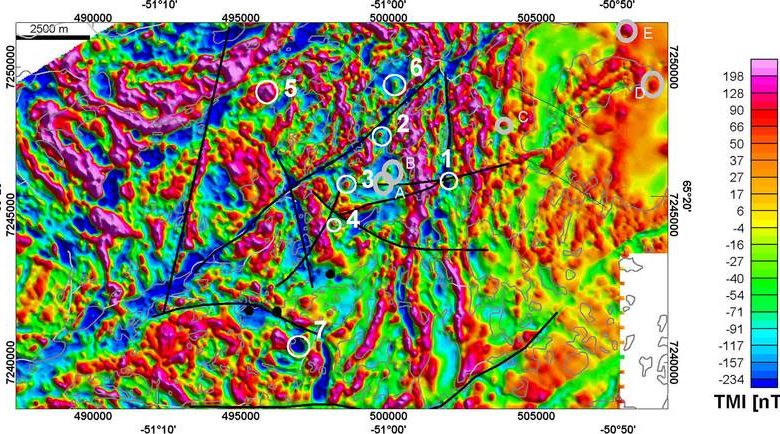All Categories
Featured
Table of Contents
Surveys In Geophysics - Home - Springer in Alfred Cove Western Australia 2020
Time slice from 23 to 25ns. This last piece is now practically all blank, but a few of the walls are still revealing strongly.
How deep are these slices? Sadly, the software application I have access to makes approximating the depth a little challenging. If, nevertheless, the top three slices represent the ploughsoil, which is most likely about 30cm think, I would think that each piece has to do with 10cm and we are only getting down about 80cm in total.

Thankfully for us, the majority of the sites we have an interest in lie simply listed below the plough zone, so it'll do! How does this compare to the other approaches? Contrast of the Earth Resistance information (top left), the magnetometry (bottom left), the 1517ns time slice (top right) and the 1921ns time slice (bottom left).
Hydrographic And Geophysical Surveys in Alexander Heights Oz 2022
Magnetometry, as discussed above, is a passive strategy measuring regional variations in magnetism against a localised absolutely no worth. Magnetic susceptibility survey is an active method: it is a measure of how magnetic a sample of sediment could be in the presence of an electromagnetic field. Just how much soil is evaluated depends on the diameter of the test coil: it can be really small or it can be reasonably large.
The sensor in this case is extremely small and samples a small sample of soil. The Bartington magnetic vulnerability meter with a big "field coil" in use at Verulamium throughout the course in 2013. Top soil will be magnetically boosted compared to subsoils simply due to natural oxidation and decrease.
By determining magnetic vulnerability at a reasonably coarse scale, we can identify areas of human profession and middens. Sadly, we do not have access to a reliable mag sus meter, however Jarrod Burks (who assisted teach at the course in 2013) has some exceptional examples. One of which is the Wildcat website in Ohio.
Gravity Geophysical Survey Method in Currambine Oz 2021
These towns are often set out around a main open area or plaza, such as this rebuilt example at Sunwatch, Dayton, Ohio. Sunwatch Town, Dayton, Ohio (picture: Jarrod Burks). At the Wildcat site, the magnetometer study had found a range of features and homes. The magnetic susceptibility survey helped, nevertheless, specify the primary location of profession and midden which surrounded the more open area.
Jarrod Burks' magnetic susceptibility survey arises from the Wildcat website, Ohio. Red is high, blue is low. The method is therefore of fantastic usage in defining locations of general profession instead of identifying specific functions.
Geophysical surveying is a used branch of geophysics, which uses seismic, gravitational, magnetic, electrical and electro-magnetic physical methodologies at the Earth's surface area to determine the physical residential or commercial properties of the subsurface - Geophysical Survey - Mining Fundamentals in Oldsbury Oz 2022. Geophysical surveying techniques typically determine these geophysical residential or commercial properties along with abnormalities in order to evaluate different subsurface conditions such as the presence of groundwater, bedrock, minerals, oil and gas, geothermal resources, voids and cavities, and far more.
Latest Posts
What Should I Do To Be A Geophysicist? in Subiaco WA 2022
Geophysicist - Jobs And Skills Wa in Midland Western Australia 2023
Career Guide: Geophysicist in Tapping Aus 2022